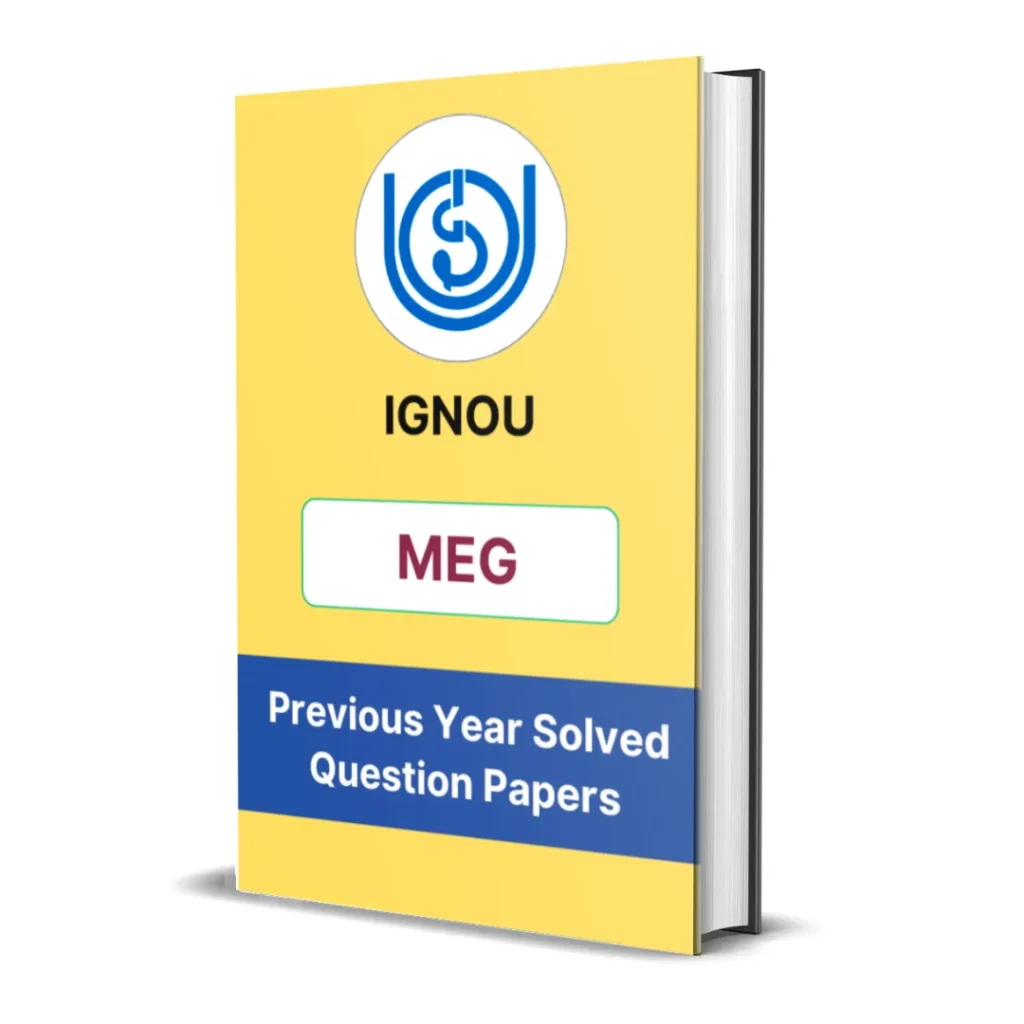IGNOU MEG-16 Block 2 Summary | Identity and Hybridity
- Last Updated On October 20, 2025
Table of Contents
Here you will get the detailed summary of IGNOU MEG 16 Block 2 – Identity and Hybridity: Kshetra and Desha.
We have provided the summary of all units starting from unit 1 to unit 3.

Unit 1 – Folk Language as a Repository of Culture
Unit 1 of IGNOU MEG-16 Block 2 focuses on folk language as a vital medium that preserves and transmits cultural memory, values, and identity. The unit explains that folk languages—dialects and regional forms of speech—embody the worldview and lived experiences of communities. Through idioms, proverbs, songs, and oral expressions, they store traditional wisdom, moral codes, and historical consciousness.
The unit emphasizes that these languages function as repositories of collective identity, connecting people to their roots while adapting to social and cultural changes. It also discusses how globalization and standardization threaten the survival of many folk languages, leading to cultural loss. By studying folk languages, one can trace how linguistic creativity reflects social hierarchies, resistance, and everyday negotiations of identity within both Kshetra (region) and Desha (nation).

Unit 2 – Folklore as an Expression of Existence
Unit 2 of IGNOU MEG-16 Block 2 focuses on folklore as a dynamic expression of human existence and social reality. The unit explores how folk traditions—songs, myths, rituals, and oral narratives—reflect the everyday life, struggles, and aspirations of the people who create and perform them.
Folklore becomes a mirror of collective consciousness, articulating emotions like joy, sorrow, hope, and resistance. It gives voice to marginalized groups, expressing their sense of belonging, spirituality, and relationship with nature. The unit also highlights how folklore acts as a cultural negotiation, balancing continuity and change as societies evolve.
By situating folklore within the ideas of Kshetra (local space) and Desha (larger cultural identity), the unit underscores how folk traditions shape regional self-awareness while contributing to the broader narrative of national culture.

Unit 3 – Folk Paintings: Visual Narratives
Unit 3 of IGNOU MEG-16 Block 2 focuses on folk paintings as a visual form of storytelling that embodies the cultural ethos of different regions in India. The unit examines how art forms such as Madhubani, Warli, Pattachitra, Kalamkari, and Phad narrate myths, legends, and daily life through symbolic imagery and vibrant colors.
These paintings function as visual narratives, communicating moral, religious, and social messages without reliance on written language. They often depict gods, folk heroes, nature, and community life, serving both aesthetic and ritualistic purposes.
The unit also highlights how folk paintings represent the interplay between tradition and innovation, evolving with time while retaining their regional identity. Through these visual forms, communities express their worldview, creativity, and continuity of cultural heritage—making folk art a living language of identity and hybridity within India’s diverse Kshetra and Desha framework.